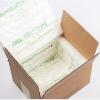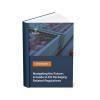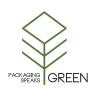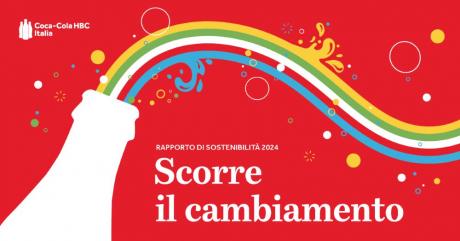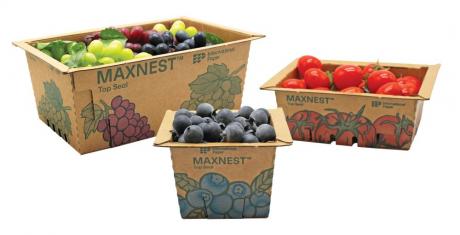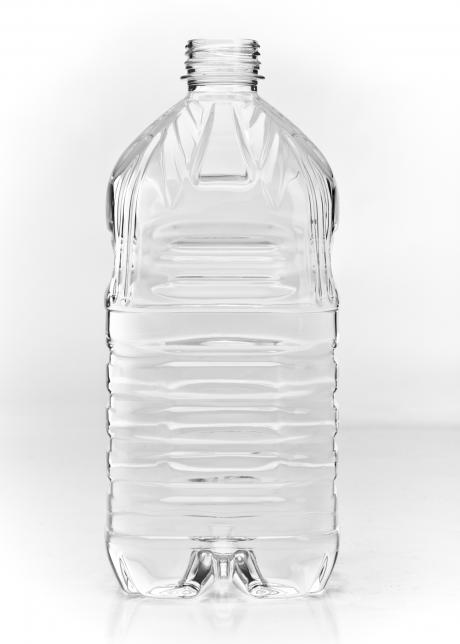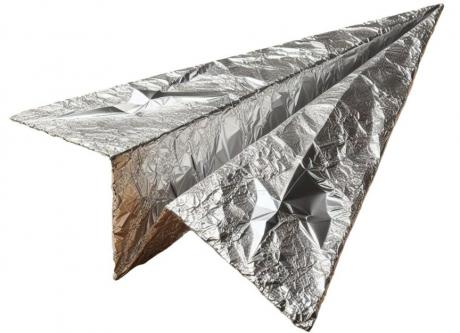Figures presented at the CIAL annual meeting on 16 May confirmed Italy's excellence in the management of aluminium packaging and packaging waste at European level, in line with the principles of the Circular Economy Action Plan.
In 2023, 70.3% of aluminium packaging placed on the market will be recycled (i.e. 59,300 tonnes) and with energy recovery, the total recovered will be 74.1%.
At an average of 70%, the recycling rate of aluminium packaging in Italy has for several years been well above the EU targets for 2025 (50%) and 2030 (60%). Important figures that have allowed the avoidance of greenhouse gas emissions equivalent to 417,000 tonnes of CO2 and energy savings equivalent to more than 182,000 tons of oil.
The choice of management criteria for the aluminium packaging supply chain guarantees one of the most efficient cost-benefit ratios in Europe, creating an excellent model of social, economic and environmental sustainability, as well as a highly constructive relationship with the territory, thanks to the combined action of institutions, companies, operators, citizens and municipalities.
The efficiency of the Italian system is even more evident when analysing the recycling rate for aluminium beverage cans alone: 93.8% by 2023. This is a record result, in line with countries with deposit systems and well above the average European recycling rate of 76%.
For years, our consortium has paid particular attention to high-quality separate collection, including the recovery of all those fine fractions such as caps, closures and other accessories, thin packaging and small items. These are significant quantities of aluminium which, with the availability of appropriate treatment technologies, could represent a major opportunity to recover materials that would otherwise be destined for disposal. In short, increasingly ambitious recycling targets and a growing demand for durable materials and applications require that a material such as aluminium, which is by definition durable and permanent, be collected and recovered even in its smallest and finest components, even after sorting and processing the materials from separate waste collection, with significant economic, social and environmental benefits. In line with the objectives and new regulatory scenarios of the circular economy. Since its creation, CIAL has been the spokesperson for an evolved concept of sustainability, capable of stimulating the active cooperation of the various actors involved in the aluminium packaging supply chain. It is a matter of circular responsibility that requires everyone to contribute to the achievement of overall collection and recycling targets. It is essential that each citizen is always aware of the importance of his or her choices when purchasing products and of his or her domestic waste management behaviour. Even the smallest effort makes a decisive contribution to achieving important results in the overall waste management system",
said President Rea.
The 5 rules for collecting aluminium
CIAL has highlighted 5 simple rules for the correct collection of aluminium packaging:
- Not just cans - In addition to the more familiar beverage cans, separate collection of aluminium should include food trays and tins, including pet food tins, aerosol cans, tubes for creams, preserves and health and beauty products, thin foil such as chocolate wrappers and kitchen paper, caps, capsules and various closures.
- Never alone - Aluminium is (almost) never collected alone, but with plastic and/or glass.
- Even dirty if empty - It is not necessary to rinse or wash aluminium containers for recycling. It is sufficient to remove any food or product residue.
- Small but valuable - Aluminium is a valuable resource that can be recycled to save energy and the environment. Therefore, even the smallest components, such as the screw caps of water, wine, spirits and canned food bottles, or even the lids of yoghurt pots, should be collected and recovered.
- Compact and bale - To facilitate recycling, it is always useful to separate the aluminium from the other materials (remove the cap from the bottle, remove the lid from the yoghurt pot...). And compact/bale the smaller, thinner pieces together.


